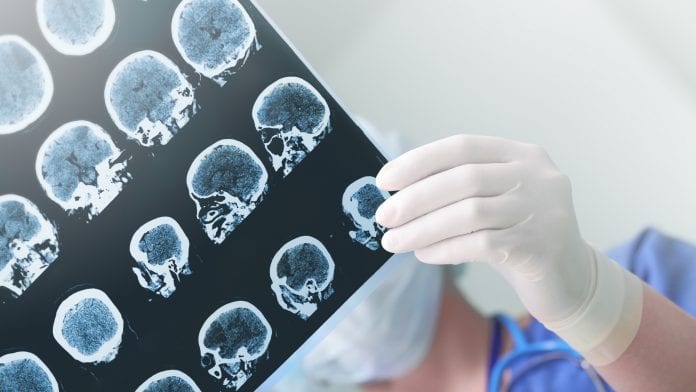
New research has identified a mechanism that explains the link between epilepsy and brain inflammation that could help with new therapies against certain forms of the disease.
Certain forms of epilepsy are accompanied by inflammation of important brain regions and now, researchers at the University of Bonn have identified an autoantibody mechanism that explains this link.
The researchers results, published in the journal Annals of Neurology, may also pave the way to new therapeutic options in the medium term.
Inflammation in the brain
In some cases, epilepsy is a hereditary condition, however, in others, patients only develop the disease later in life as a result of a brain injury, after a stroke or triggered by a tumour. Inflammation of the meninges or the brain itself can also result in epilepsy.
Particularly dangerous are inflammatory reactions affecting the so-called hippocampus, which is a brain structure that plays an important role in memory processes and the development of emotions. Doctors call this condition limbic encephalitis.
Researchers have now identified an autoantibody that is believed to be responsible for encephalitis in some patients.
Unlike normal antibodies, this autoantibody is not directed against molecules that have entered the organism from outside, but against the body’s own structures – hence the prefix “auto”, which can be translated as “self”. The autoantibody resides in the spinal fluid of patients and is directed against the protein ‘Drebrin’ – which ensures that the contact points between nerve cells function correctly.
When the autoantibody encounters a Drebrin molecule, it knocks it out of action and thereby disrupts the transmission of information between nerve cells. At the same time, it alerts the immune system, which is then activated and switches to an inflammatory mode, while simultaneously producing even more autoantibodies.
Dr Julika Pitsch, who heads a junior research group at the University Hospital Bonn, said: “Drebrin is located inside the synapses, whereas the autoantibody is located in the tissue fluid. These two should therefore normally never come into contact with each other.”
The researchers highlight that the autoantibody seems to use a back door to enter the cell. This is actually intended for completely different molecules: the so-called neurotransmitters.
Sneaking into nerve cells
Information processing in the brain is electrical and the synapses themselves communicate via chemical messengers – ‘neurotransmitters’.
The synaptic vesicles – the ‘packaging’ of the neurotransmitters – are absorbed again and recycled. “The autoantibody seems to use this route to sneak into the cell, as with a Trojan horse,” explains Becker’s colleague Dr Susanne Schoch McGovern.
Shortly after the addition of the autoantibody, the neurons in the Petri dish begin to fire machine gun-like rapid bursts of electrical impulses.
Professor Becker, who heads the Section for Translational Epilepsy Research at the University Hospital Bonn, said: “We know that this form of electrical excitation is contagious, so to speak. With nerve cells, which are interconnected to form a network, all the nerve cells involved suddenly start firing wildly.” This may then result in an epileptic seizure.
Hope for future epilepsy therapies
The results from the study give hope for new therapeutic approaches.
Active substances such as cortisone can suppress the immune system and, possibly, also prevent the massive production of autoantibodies.
It may also be possible to intercept and incapacitate them specifically with certain drugs, however, there is still a long way to go before treatment becomes available. Moreover, it would primarily benefit patients with this particular form of the disease. For them, however, the benefit would probably be huge, in contrast to congenital epilepsies, those based on inflammation may possibly be cured in the future with the appropriate therapy.
Do you want the latest news and updates from Health Europa? Click here for your free subscription, and stay connected with us here.






















